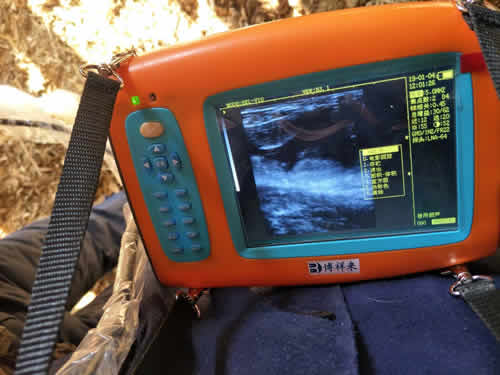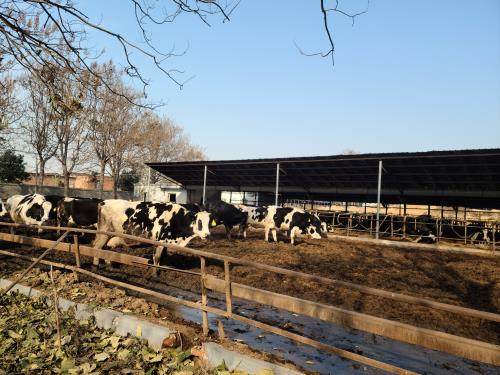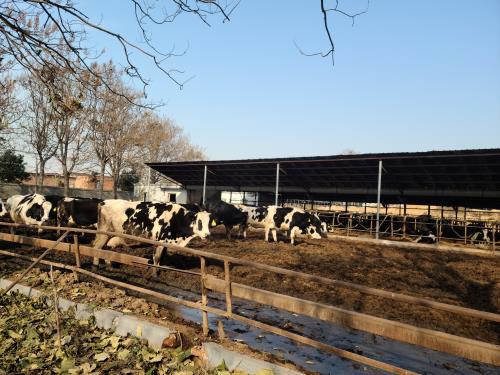We usually use a rectal probe for animal ultrasound to detect cows in vivo, which can directly observe the initial changes in the uterus at the beginning of pregnancy. The detection requires the cow to stand freely and touch the front wall of the probe with the rectal wall to observe the entire uterus and ovary area in various sections. There is no damage to pregnant cows, and it has the characteristics of short exploration time and high accuracy.
Using a Veterinary ultrasound machine to detect uterine diseases in cows

Endometritis is a common disease in cows, with a common discharge of light red or brown foul smelling secretions from the vulva, especially when lying on the ground or during estrus. Easy to cause infertility and seriously affect the reproduction of cattle herds.
When cows suffer from endometritis, ultrasound examination shows intact uterine contours, but endometrial hyperplasia with intermittent or continuous light spots or strong echo spots. Using a veterinary ultrasound machine to examine infertile cows, cows with endometritis have clear uterine wall contours, irregular inner edges, thickened uterine walls, and generally do not produce low echoes or cloudy echoes when inflamed exudate; Fecal discharge from the external genitalia and adhesions to the tail are common in cows with uterine abscess. In severe cases, the contents can be thick and thick. Ultrasound examination shows that the outline of the uterine cavity is blurred, the cavity is dilated, and there is a large snowflake shaped echo inside the cavity. Uterine fluid usually shows watery mucus flowing out of the vulva, and in cows, a large amount of homogeneous echoes can be seen in the uterus using a B-ultrasound machine bxl-v30.








